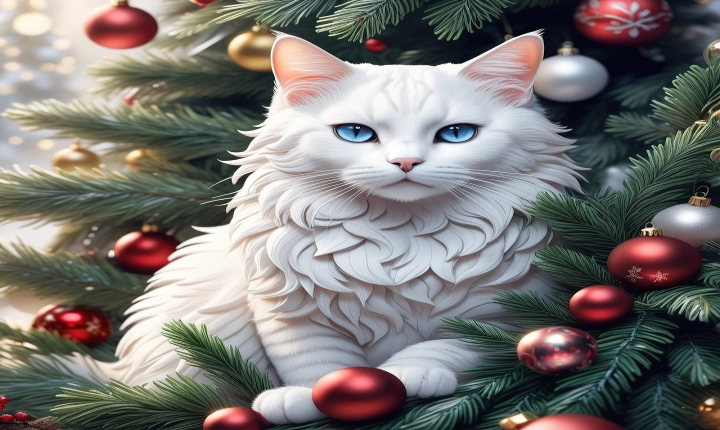Can ChatGPT Make AI Art?
ChatGPT, short for Chat Generative Pre-trained Transformer, is an advanced language model created by OpenAI. It has gained popularity for its ability to generate human-like responses and engage in meaningful conversations. However, can ChatGPT extend its capabilities beyond language processing and create art?
Artificial intelligence (AI) has been used to generate art for some time now, with notable examples including the use of neural networks to produce visual artworks and music compositions. These AI-generated creations have sparked discussions about the role of AI in the creative process and the potential implications for artistic expression.
ChatGPT, although primarily designed for natural language processing, can be used to generate text-based art, such as poetry and storytelling. Its ability to understand and generate human-like language allows it to craft narratives and poetic verses, blurring the lines between human and machine creativity.
In the context of visual art, ChatGPT can also play a role in the creation process. While it does not possess the ability to directly generate images or visual artworks, it can be utilized as a tool for brainstorming and ideation. By providing it with prompts and descriptions of desired imagery, artists and designers can use ChatGPT to spark creative ideas and conceptualize visual compositions.
Furthermore, ChatGPT can be employed to generate art-related content, such as artist biographies, art critiques, and art historical analyses. Its language generation capabilities can assist in producing textual materials that complement and enhance the presentation of art.
It’s important to note that while ChatGPT can contribute to the creative process, the question of whether it can truly “make art” remains subjective. Art is deeply rooted in human emotion, culture, and experiences, elements that AI may struggle to fully comprehend and replicate. The ability to evoke and express emotions, to convey deep and meaningful messages, is a fundamental aspect of art that may be challenging for AI to capture.
Additionally, the ethical and philosophical implications of AI-generated art are worth considering. The distinction between human and machine creativity, the ownership of AI-generated artworks, and the impact on the art industry are complex issues that require careful examination and discussion.
In conclusion, while ChatGPT can play a role in the creative process and contribute to the production of art-related content, the nuanced and deeply human aspects of art pose challenges to AI’s ability to truly “make art.” The potential for collaboration between AI and human artists, as well as the exploration of AI as a tool for ideation and inspiration, offer exciting possibilities for the future of art creation. As AI continues to develop and evolve, the intersection of technology and art will undoubtedly be an area of ongoing exploration and innovation.
